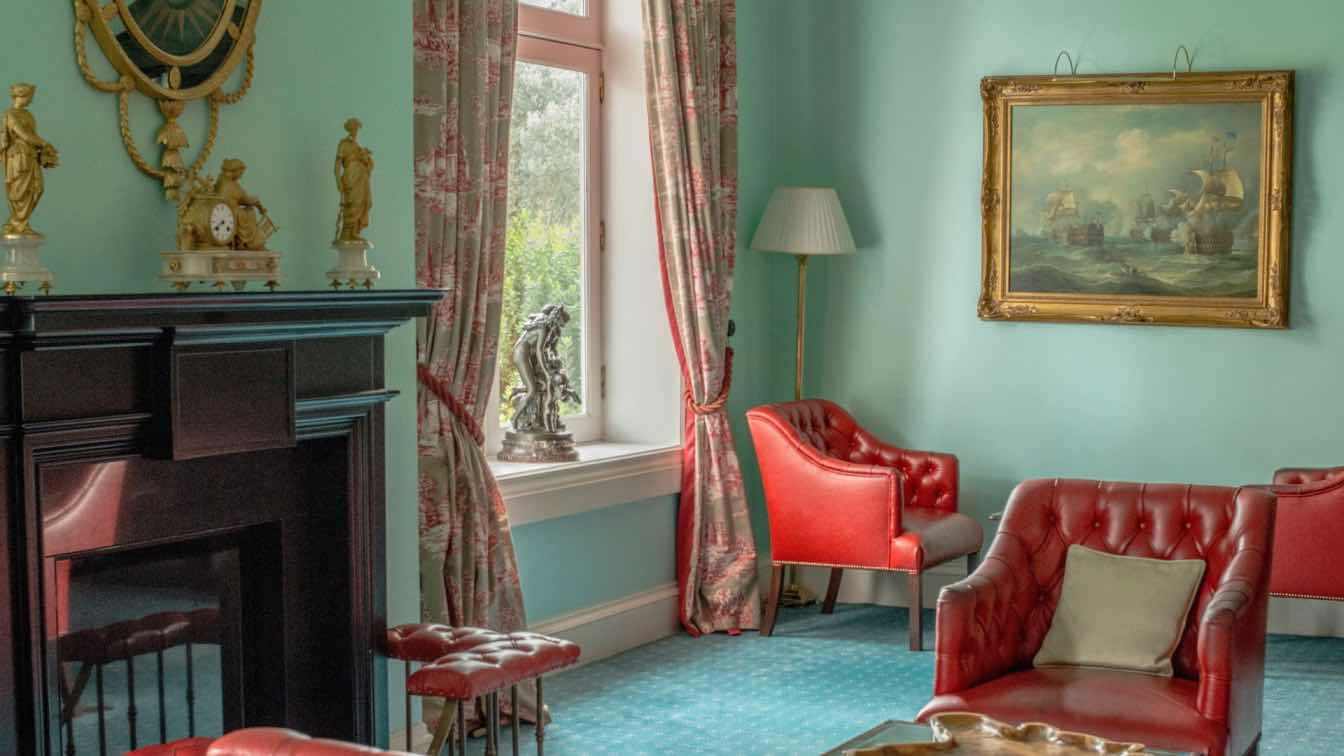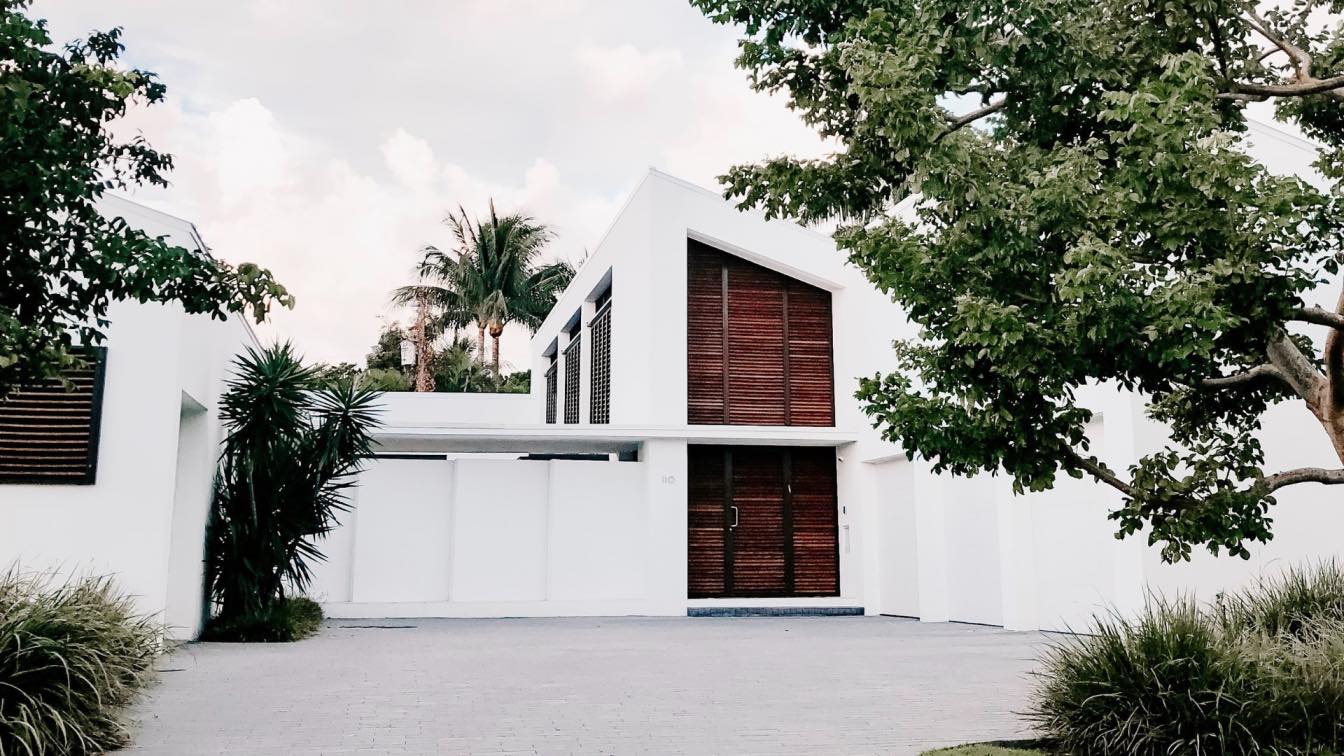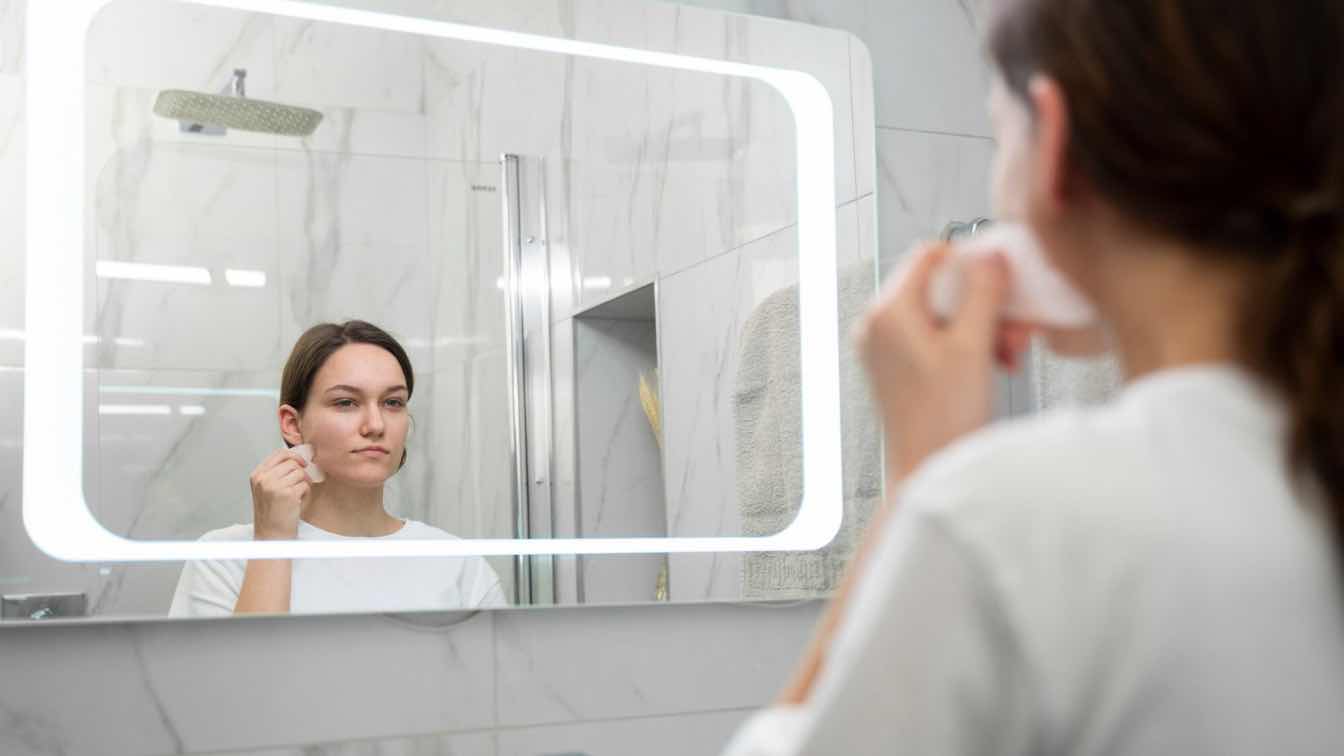In today's fast-paced world of trends and innovation, it can be easy to overlook the timeless appeal of vintage design.
However, there is a growing trend towards incorporating old-world glamor back into contemporary interior design.
Vintage revival is all about bringing back the elegance and sophistication of past eras while infusing it with modern elements to create a unique and inviting space.
This trend is not just about nostalgia but also about honoring the history and character of each piece. So why not bring a touch of old-world glamor into your home and embrace the beauty of vintage revival in your interior design?
Key Points
- Vintage revival in interior design involves incorporating old-world glamor into contemporary spaces, creating a unique and inviting atmosphere.
- Historical elements and global heritage play a significant role in vintage revival, adding warmth, authenticity, and a sense of connection to the past.
- Items such as Polish pottery, antique Persian rugs, French Louis XVI furniture, Victorian brass mirrors, and Moroccan poufs can be incorporated into modern interiors to enhance their beauty and cultural significance.
- The resurgence of craftsmanship is a key aspect of vintage revival, emphasizing the value of handmade, high-quality items in a world dominated by mass-produced goods.
- By embracing vintage revival in interior design, we create spaces that are not only aesthetically pleasing but also rich in history, craftsmanship, and meaning—the perfect blend of old-world charm and contemporary style.
The Charm of Historical Elements
One of the hallmarks of vintage revival is the incorporation of historical elements into interior spaces.
These vintage designs and pieces of furniture serve as focal points in rooms and as conversation starters, weaving a narrative thread through the fabric of the space.
Beyond mere aesthetics, historical elements bring an irreplaceable warmth and authenticity to modern interiors.
They counterbalance the often cold and impersonal nature of contemporary design, providing a tactile connection to the past.
This blend creates a unique ambiance that is both nostalgic and forward-looking, where every piece adds to the collective memory of the space.
Celebrating Global Heritage through Decor
The Vintage Revival movement transcends borders, embracing global heritage through decor elements from various cultures and periods.
Polish Pottery
Polish pottery, also known as Bolesławiec pottery, is handcrafted in Poland and features intricate designs and vibrant colors that can brighten up any room.
Polish pottery history dates back to the Middle Ages, defined by its distinctive white and blue coloring achieved through unique clay firing techniques. These items add an exotic touch to interiors while celebrating the cultural craftsmanship that has endured for centuries.
Antique Persian Rugs
Persian rugs have a rich history dating back thousands of years, with some of the oldest surviving examples dating back to the 5th century BC.
These hand-woven rugs were initially made in Persia (now Iran) and were prized for their intricate designs, vibrant colors, and high-quality craftsmanship.
Antique Persian rugs often feature traditional motifs such as floral patterns, geometric shapes, and medallions, reflecting the cultural and artistic influences of the region.
French Louis XVI
The Louis XVI style of furniture originated in France during the late 18th century, named after King Louis XVI who ruled during that time.
Characterized by neoclassical designs, elegant lines, and intricate detailing, Louis XVI furniture exemplifies the grace and refinement of the French Rococo period.
The chairs, in particular, feature upholstered backs and seats, carved wood frames, and tapered legs, showcasing the craftsmanship and sophistication of French furniture-making during this era.
Victorian Brass Mirrors
Victorian-era mirrors, popular during the mid to late 19th century, reflected the opulent and decorative style of the Victorian period.
Ornate and elaborate in design, these mirrors were often made from materials such as brass, wood, or gilt, featuring intricate floral carvings, scrollwork, and beveled glass.
Victorian mirrors were considered essential for enhancing the grandeur of Victorian interiors and were often displayed as statement pieces in parlors, dressing rooms, and entryways.
Moroccan poufs
Moroccan poufs, or ottomans, are traditional handcrafted leather cushions used in Moroccan homes for centuries.
These poufs feature intricate designs and patterns drawn from Moroccan culture and traditions, made by skilled artisans using premium leather and embroidery techniques.
In Moroccan homes, poufs are used for seating, footrests, and decorative accents, adding a touch of luxury and comfort to living spaces.
Today, Moroccan poufs have gained global popularity for their exotic appeal and artisanal craftsmanship, bringing a touch of North African elegance to modern interiors.
The Renaissance of Craftsmanship
At the heart of this movement is a profound appreciation for craftsmanship. In an age dominated by mass-produced goods, vintage items stand out for their handcrafted quality and attention to detail—increasingly rare and valued qualities.
This resurgence champions artisans and their skills, highlighting techniques and materials that have stood the test of time.
Furniture restored with time-honored methods, bespoke lighting fixtures created by skilled hands, or tiles laid in centuries-old patterns are not just design choices but statements about valuing longevity over disposability.
As we move forward into increasingly digital and transient times, this movement reminds us of the value inherent in what we choose to surround ourselves with.
By bringing old-world glamour back into our homes, we create spaces that are not only visually striking but also rich in stories and meaning—a true revival worth celebrating.





